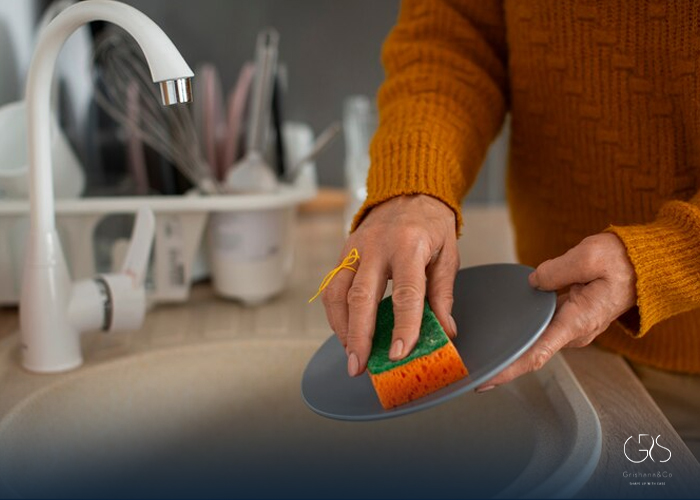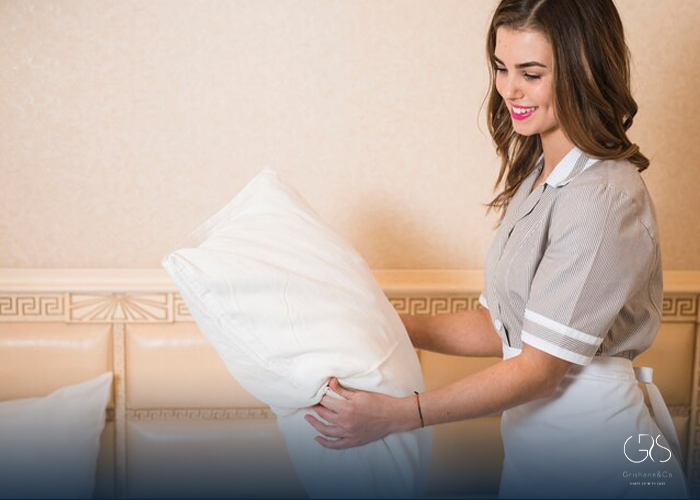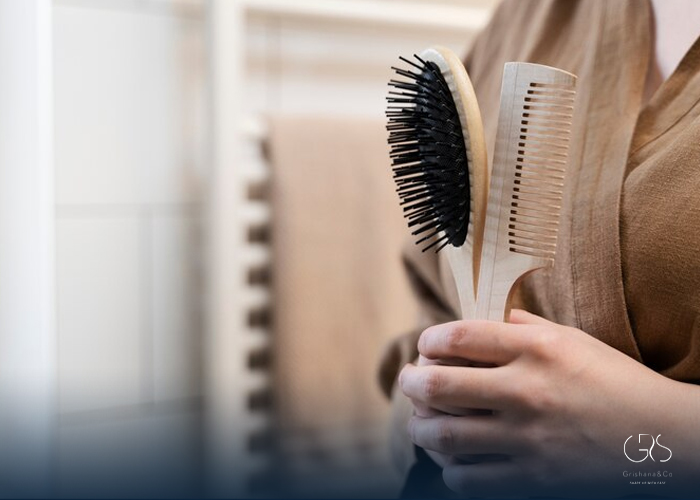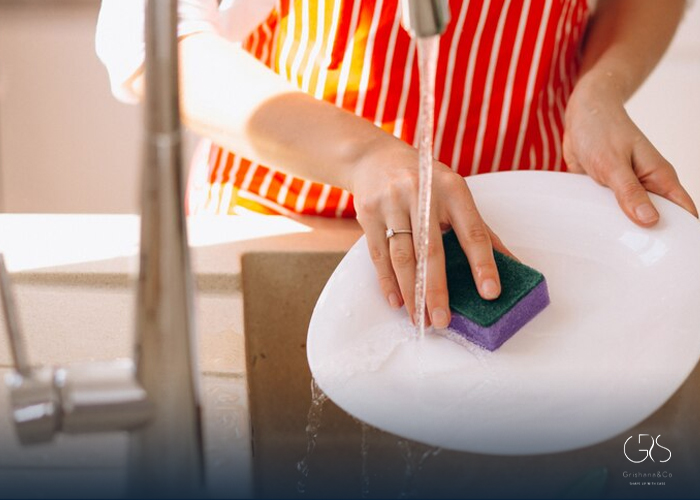To uphold a hygienic and efficient home, it is vital to not only clean and organize regularly but also replace household items as needed. Explore nine essential household items requiring regular replacement for optimal Household items replacement.
1. Kitchen Sponges
Kitchen sponges are an essential tool for cleaning dishes and surfaces, but they can also harbor harmful bacteria if not replaced frequently. According to a study published in Scientific Reports, researchers found that kitchen sponges were teeming with bacteria, including potential pathogens, and the warm, moist environment of a used sponge provides an ideal breeding ground for microorganisms. The study recommended replacing kitchen sponges every one to two weeks to minimize the risk of bacterial contamination (Schmithausen et al., 2017).

2. Toothbrushes
Toothbrushes are another household item that should be replaced regularly to maintain oral hygiene. The American Dental Association recommends replacing toothbrushes every three to four months, or sooner if the bristles become frayed. Over time, toothbrush bristles can become less effective at removing plaque and bacteria, which can lead to oral health issues (American Dental Association, 2021).
3. Smoke Detectors
Smoke detectors are crucial for home safety, but many people do not realize that they have a limited lifespan. According to the National Fire Protection Association (NFPA), smoke detectors should be replaced every 10 years to ensure reliable operation. Over time, the sensors and other components of a smoke detector can degrade, reducing their effectiveness in detecting smoke and fire (NFPA, 2021).
4. Fire Extinguishers
Similar to smoke detectors, fire extinguishers have a limited lifespan and should be replaced or serviced regularly. The NFPA recommends replacing disposable fire extinguishers every 12 years, and having rechargeable fire extinguishers serviced annually to ensure they are in proper working condition (NFPA, 2021). Neglecting to replace or service fire extinguishers can increase the risk of a fire-related emergency.
5. Pillows
Pillows are often overlooked when it comes to household items that need regular replacement. However, pillows can harbor dust mites, allergens, and sweat over time, which can affect sleep quality and exacerbate allergies. The Sleep to Live Institute suggests replacing pillows every 1-2 years, or more frequently if the pillows no longer provide adequate support or become visibly soiled (Sleep to Live Institute, 2021).

6. Water Filters
For households that use water filtration systems, it is important to replace the filters regularly to ensure clean and safe drinking water. The Environmental Protection Agency (EPA) recommends following the manufacturer’s instructions for replacing water filters, which often range from every two to six months, depending on the type of filter and water usage (EPA, 2021). Failing to replace water filters as recommended can result in increased levels of contaminants in the drinking water.
7. Mattresses
Mattresses play a significant role in overall sleep quality and comfort, but they also need to be replaced on a regular schedule. Over time, mattresses can accumulate dust mites, mold, and bacteria, leading to potential health issues such as allergies and poor indoor air quality. The Better Sleep Council recommends replacing mattresses every 7-10 years, as this is the typical lifespan of most mattresses (Better Sleep Council, 2021).
8. Hairbrushes
Hairbrushes are essential for hair care, but they can easily accumulate hair, oil, and product buildup over time. According to the Mayo Clinic, hairbrushes should be cleaned regularly and replaced every one to two years to prevent the accumulation of bacteria and fungi that can lead to scalp issues and infections (Mayo Clinic, 2021).

9. Cleaning Supplies
While not a single item, cleaning supplies such as mops, brooms, and vacuum cleaner bags or filters need regular replacement to maintain their effectiveness. The Centers for Disease Control and Prevention (CDC) recommends replacing vacuum cleaner bags or filters every one to three months, depending on usage, to ensure optimal air quality (CDC, 2021). Additionally, mops and brooms should be replaced as needed due to wear and tear to maintain effective cleaning performance.
Conclusion:
Maintaining a clean and safe household entails more than just keeping things organized and tidy. It also requires regular attention to the replacement of various household items to ensure optimal functionality, hygiene, and safety. Through diverse perspectives and relevant statistics, it is clear that routine replacement of kitchen sponges, toothbrushes, smoke detectors, fire extinguishers, pillows, water filters, mattresses, hairbrushes, and cleaning supplies is crucial for overall household health and well-being.
Sources
- American Dental Association, Toothbrushes
- National Fire Protection Association, Smoke Alarm Information
- Sleep to Live Institute, How Often Should You Replace Your Pillow?
- Better Sleep Council, How Often Should You Change Your Mattress: A Guide to Better Sleep
- Centers for Disease Control and Prevention, COVID-19 guidance for shared or congregate housing










